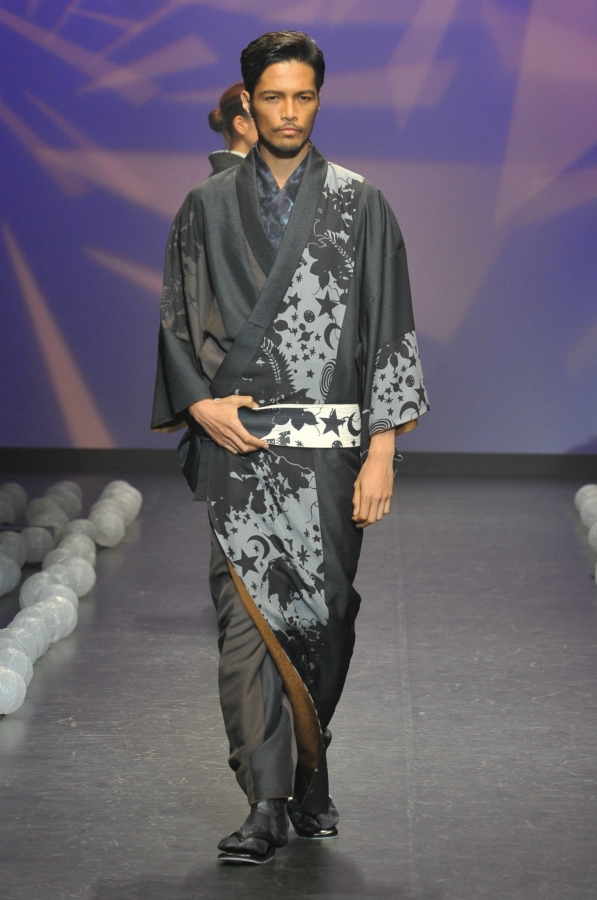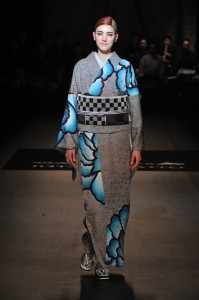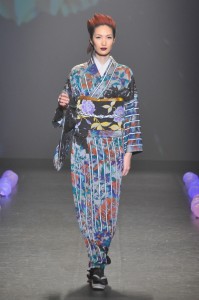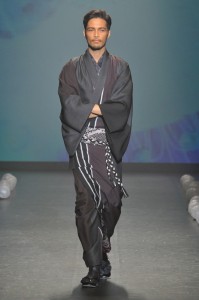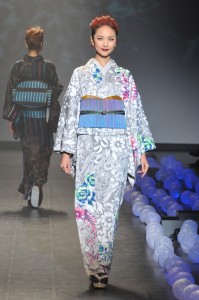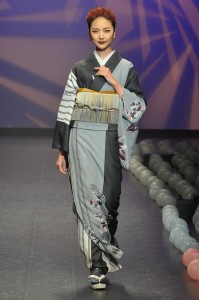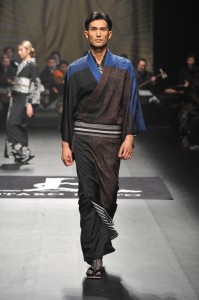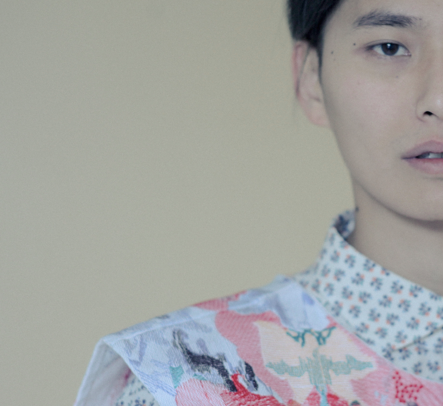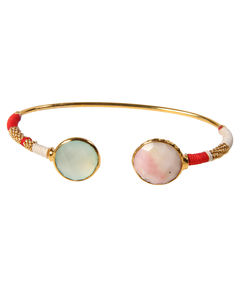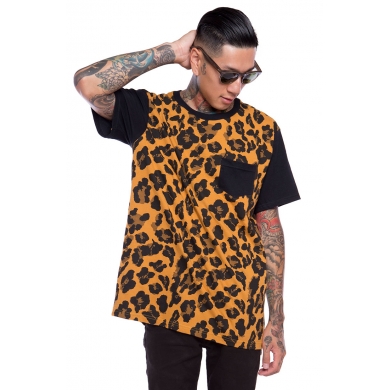Jotaro Saito began his career as Japan’s youngest kimono designer. At the age of 27 years, he secured his position in Japan’s fashion world with this reputation. Indeed, when it comes to kimonos, nobody can compete with him. It is incredible just to look at the confidence exuded by Jotaro’s designs. The Kimono still represents the center of Saito’s universe and his brand to this day. The Japanese heart of Jotaro’s fashion shows his deep connection to his native culture. His town of birth Kyoto is even considered one of Japan’s most crucial cultural hotspots. Nevertheless, in March he will pay Tokyo a visit to honor the Mercedes-Benz Fashion Week Tokyo with the presentation of his latest looks.
Nevertheless, the exotic style is not only loved in Japan. Instead, this brand enjoys popularity on an international base, winning the hearts of fashion and Japan fans all around the world. The fashion world simply needs labels like this which fill in individual niches. The art behind Jotaro Saito’s collection is the globalization of a traditional look, which is revolutionizing women’s as well as men’s fashion at the same time.
The summer collection 2015 features black, grey and brown, which however clash with turquoise, white, rose, sunny yellow and green. Dark colors meet bright nuances and form amazing contrasts. Men can enjoy a long version of the kimono made of firm fabrics which you can fasten around your body with a belt at hip level. Thanks to checks consisting of different colors, a patchwork look emerges which exudes a modern character. Floral patterns can be found on the men’s models as well as the women’s versions. The women’s kimonos are particularly modern thanks to the broad waist belts, which transform them into contemporary and timeless, fashionable it-pieces.
Tradition meets modernity – this concept is simply fascinating. In each and every detail of his clothing, his Japanese roots are showing through. His winter collection 2014/2015 is no exception, presenting a multitude of kimonos which only differ from each other through their prints. Women wear a broader belt around the waist, while men tie their belt around the hip. Clearly, the artistic focus is placed on the sophisticated details. In the winter, wider cuts and playful voluminous structures determine the look like masculine shoulders.
Copyright and Source: http://www.jotaro.net, http://tokyo-mbfashionweek.com

